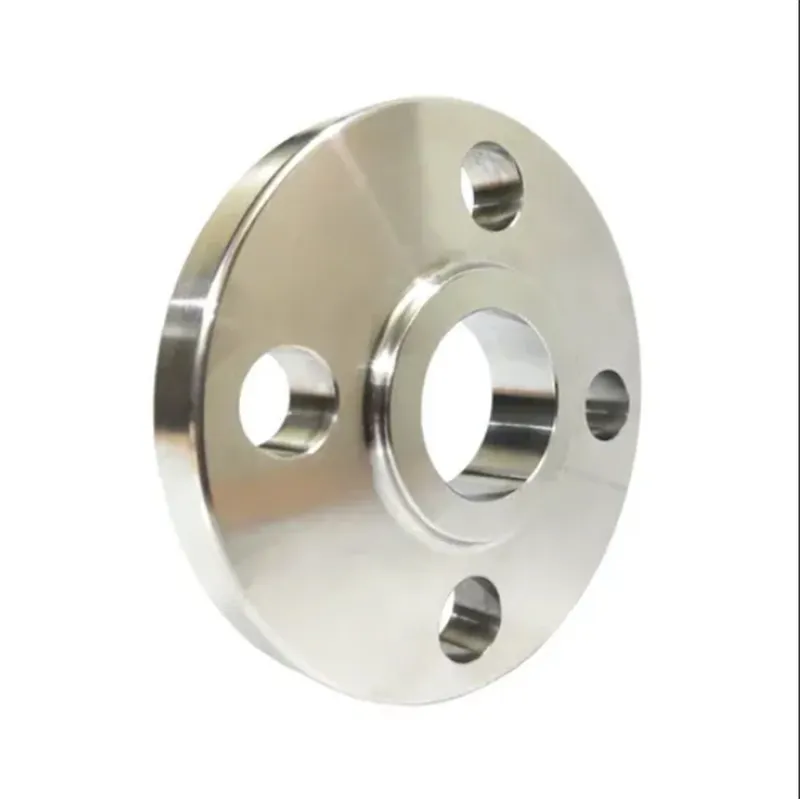-
Cangzhou Yulong Steel Co., Ltd.
-
Phone:
+86 13303177267 -
Email:
admin@ylsteelfittings.com
- English
- Arabic
- Italian
- Spanish
- Portuguese
- German
- kazakh
- Persian
- Greek
- French
- Russian
- Polish
- Thai
- Indonesian
- Vietnamese
- Zulu
- Korean
- Uzbek
- Hindi
- Serbian
- Malay
- Ukrainian
- Gujarati
- Haitian Creole
- hausa
- hawaiian
- Hebrew
- Miao
- Hungarian
- Icelandic
- igbo
- irish
- Japanese
- Javanese
- Kannada
- Khmer
- Rwandese
- Afrikaans
- Albanian
- Amharic
- Armenian
- Azerbaijani
- Basque
- Belarusian
- Bengali
- Bosnian
- Bulgarian
- Catalan
- Cebuano
- China
- China (Taiwan)
- Corsican
- Croatian
- Czech
- Danish
- Esperanto
- Estonian
- Finnish
- Frisian
- Galician
- Georgian
- Kurdish
- Kyrgyz
- Lao
- Latin
- Latvian
- Lithuanian
- Luxembourgish
- Macedonian
- Malgashi
- Malayalam
- Maltese
- Maori
- Marathi
- Mongolian
- Myanmar
- Nepali
- Norwegian
- Norwegian
- Occitan
- Pashto
- Dutch
- Punjabi
- Romanian
- Samoan
- Scottish Gaelic
- Sesotho
- Shona
- Sindhi
- Sinhala
- Slovak
- Slovenian
- Somali
- Sundanese
- Swahili
- Swedish
- Tagalog
- Tajik
- Tamil
- Tatar
- Telugu
- Turkish
- Turkmen
- Urdu
- Uighur
- Welsh
- Bantu
- Yiddish
- Yoruba

Nov . 10, 2024 19:07 Back to list
4-inch Blind Flange Specifications and Uses for Pipe Fitting Applications
The Importance of 4-Inch Blind Flanges in Piping Systems
In the world of piping systems, various components play crucial roles to ensure the integrity, safety, and functionality of fluid transport. Among these components, the blind flange stands out as a particularly significant element, especially in systems that require the management of flow and pressure. This article will delve into the specifics of a 4-inch blind flange, exploring its design, applications, and importance in industrial settings.
What is a Blind Flange?
A blind flange is a type of flange that is used to seal the end of a piping system. Unlike other flanges, which typically allow for connections between two pieces of pipe or to other fittings, a blind flange has no opening. This makes it an ideal solution for terminating a pipeline or providing access for maintenance. The main purpose of using a blind flange is to close off a piping system to prevent leakage and ensure safety.
Design Specifications
A 4-inch blind flange is designed to fit pipes that have a nominal diameter of 4 inches. It is typically constructed from durable materials such as carbon steel, stainless steel, or other alloys, depending on the environment and the substances being transported. Standard design specifications may follow ANSI/ASME standards, which dictate dimensions and pressure ratings. Common variations include different thicknesses, such as Class 150, Class 300, and higher, allowing engineers to select the appropriate flange based on the pressure demands of the system.
The surface of a blind flange is typically smooth, enabling a tight seal when bolted against another surface within the system. Gasket materials used between the flange and the pipe end play a vital role in maintaining the seal and preventing leaks. The ability to withstand high temperatures and corrosive environments further underlines the importance of choosing the right materials for the bundle.
4 inch blind flange

Applications
4-inch blind flanges are utilized across various industries, including oil and gas, petrochemicals, water treatment plants, and food processing. They can be used in both new installations and as part of maintenance procedures. In instances where a portion of a pipeline needs to be temporarily closed for repair or inspection, a blind flange serves as a reliable solution.
Moreover, in systems designed for high-pressure applications, a blind flange ensures a robust closure that can withstand significant internal forces. They are also instrumental when a line must be capped off to allow for future expansion or modifications without complete replacement of pipeline sections.
Advantages
The use of 4-inch blind flanges offers several advantages. First and foremost, they contribute to the safety of piping systems by preventing leaks that could lead to hazardous situations. Secondly, blind flanges are cost-effective solutions for long-term maintenance, as they allow for easy access and removal when necessary. Lastly, their ability to adapt to various pipe sizes and materials makes them versatile components in any piping infrastructure.
Conclusion
In summary, the 4-inch blind flange is a vital component in modern piping systems. With its specific design and applications, it plays a significant role in maintaining system integrity and ensuring safe and efficient fluid transport. As industries continue to seek more effective solutions in their piping systems, the importance of robust and reliable components like the blind flange cannot be overstated. By understanding the functionality and significance of blind flanges, engineers and designers can better equip their systems to handle the challenges of today’s demanding industrial environments.
Latest news
-
ANSI 150P SS304 SO FLANGE
NewsFeb.14,2025
-
ASTM A333GR6 STEEL PIPE
NewsJan.20,2025
-
ANSI B16.5 WELDING NECK FLANGE
NewsJan.15,2026
-
ANSI B16.5 SLIP-ON FLANGE
NewsApr.19,2024
-
SABS 1123 FLANGE
NewsJan.15,2025
-
DIN86044 PLATE FLANGE
NewsApr.19,2024
-
DIN2527 BLIND FLANGE
NewsApr.12,2024
-
JIS B2311 Butt-Welding Fittings LR/SR 45°/90° /180°Seamless/Weld
NewsApr.23,2024











